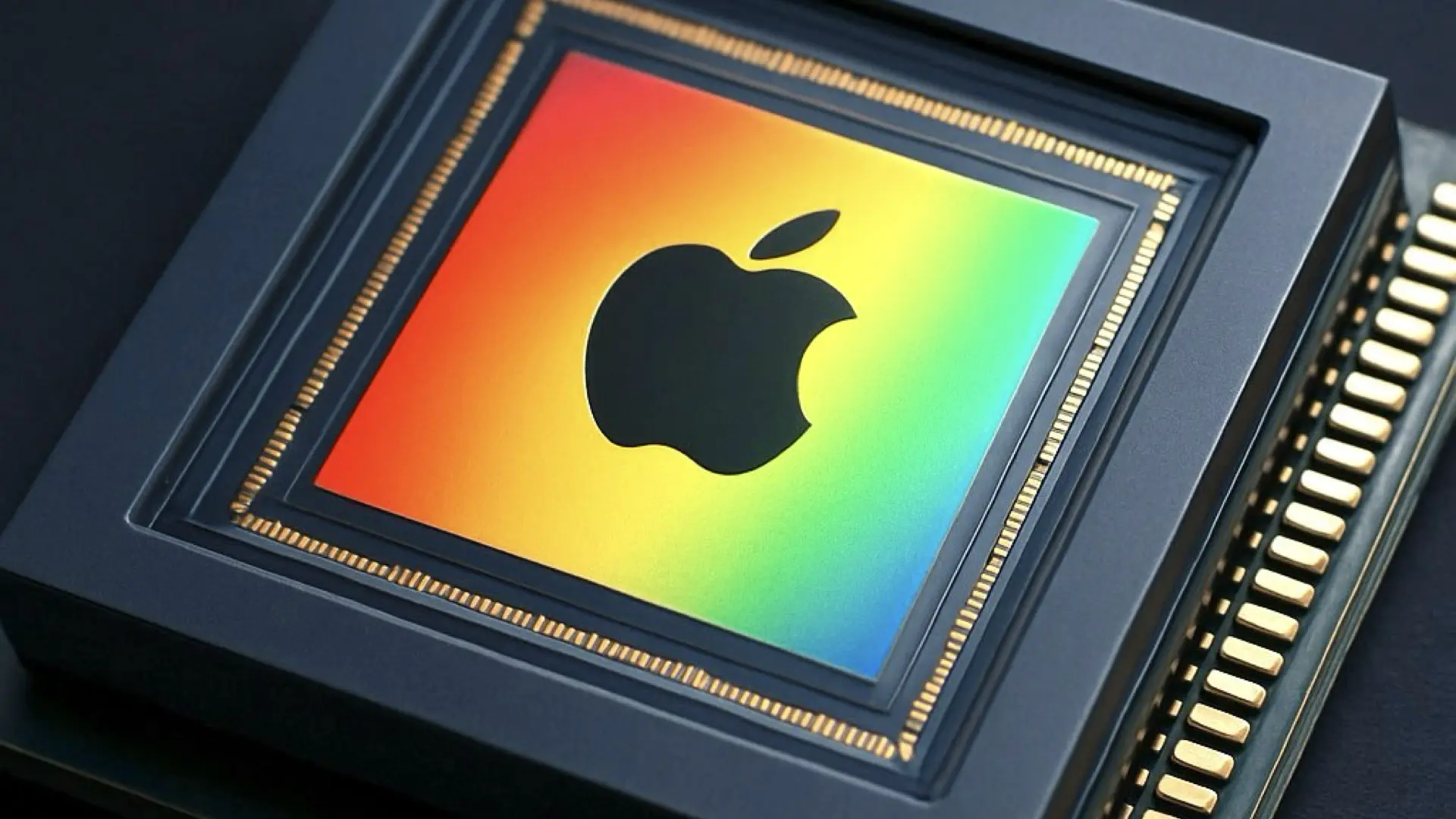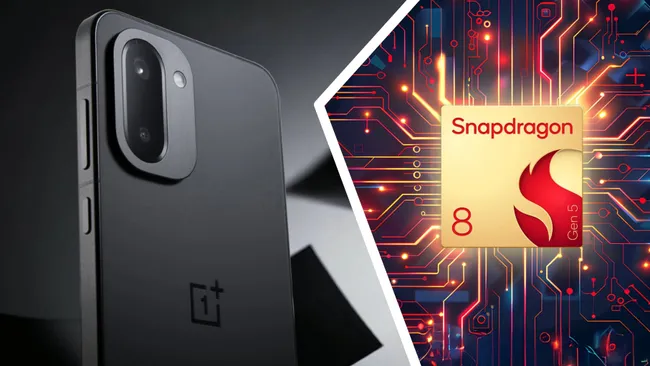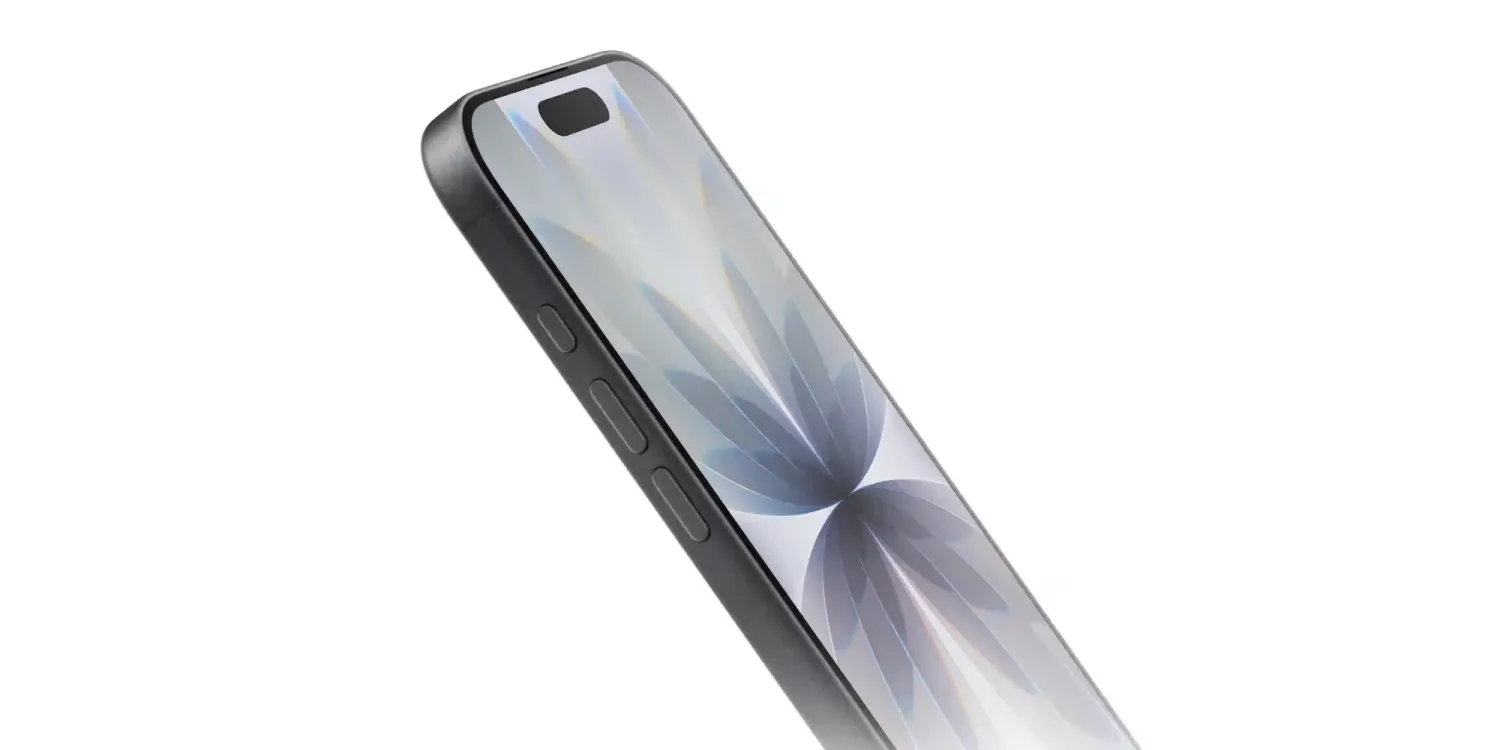Apple may be working on a revolutionary camera sensor that could transform photography and videography on future iPhones. According to insider reports, the tech giant is prototyping a new type of sensor — dubbed “LOFIC” (Low-Frequency Imaging Converter) — that is expected to deliver cinema-grade dynamic range and unprecedented low-light performance.
What makes this development even more intriguing is Apple’s rumored collaboration with Sony, the leading name in professional-grade camera sensors, along with increased reliance on a semiconductor supply chain based in India.
LOFIC: A Game-Changer for Mobile Imaging?
The new sensor technology appears to be targeting the challenges of capturing high-fidelity images in extreme lighting conditions. LOFIC sensors are designed to retain significantly more detail in both bright and dark areas of a shot, preventing the harsh contrast or “blowout” often seen in smartphone photos.
While most smartphones today rely on post-processing tricks to simulate dynamic range improvements, Apple’s new approach seems to be focusing on true hardware-level upgrades — a potential leap similar to the transition from LCD to OLED displays.
If implemented, LOFIC could bring iPhone cameras closer to mirrorless and cinema-grade cameras in terms of natural exposure handling, noise reduction, and highlight preservation — especially in night photography and indoor shooting.
Partnership with Sony Strengthens
Apple’s long-standing partnership with Sony appears to be deepening. Sources suggest Sony has been supplying Apple with custom camera sensors for years, but the development of LOFIC may mark the most advanced sensor collaboration between the two yet.
Sony has been pioneering LOFIC sensor research in the professional cinema camera market. Bringing that expertise to a mass-market smartphone device could be a major first — and it would give Apple a technological edge over Android competitors still relying on conventional CMOS sensors.
Strategic Shift Toward India for Supply Chain Stability
In a related development, Apple is reportedly increasing its investment in India for sensor component production, in partnership with major local players. This strategic move not only helps diversify Apple’s supply chain but may also align with government incentives for domestic manufacturing and semiconductor self-sufficiency.
By sourcing critical sensor modules and components through India-based suppliers, Apple aims to reduce overdependence on manufacturing hubs in China and Taiwan — a move seen as both economically and geopolitically prudent.
What This Means for Future iPhones
If this technology enters mass production, future iPhones could see a major leap in camera performance — especially in Pro and Ultra models targeting creative professionals. Improved cinematic video capabilities, better HDR photo capture, and industry-leading low-light imaging could all be on the table.
Moreover, the development underscores Apple’s ambition to keep its hardware ecosystem deeply integrated and ahead of the curve — not just in software but in core imaging hardware innovation as well.
While no official announcements have been made, leaks and prototypes suggest that we may see the first iterations of this technology in upcoming iPhone models, possibly as early as next year.














Leave a Reply